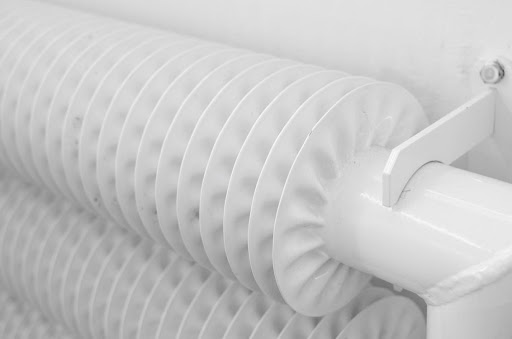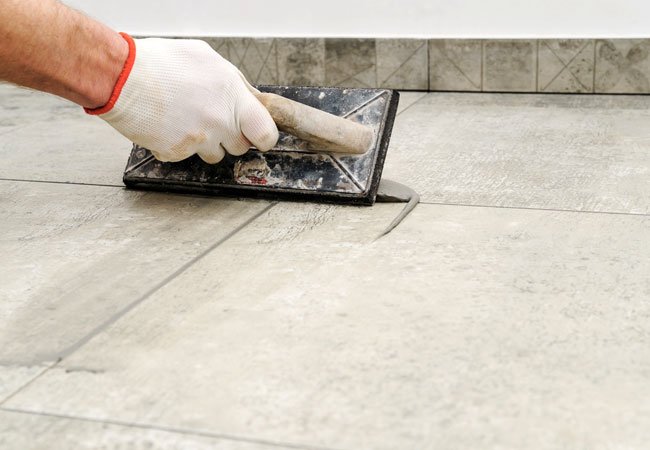Assessing your cycle will assist you with determining a plate-and-edge heat exchanger that is appropriate for your application. Utilize these 10 hints to indicate your next plate heat exchanger and augment its administration life. It is nothing unexpected that plate-and-casing heat exchangers (PHEs) offer great heat move. However, there are a few significant elements you should remember as a specifier or client of PHEs. For example, in the event that the PHE is to be utilized related to a cooling tower, it ought to be intended for the water treatment synthetic substances being utilized to treat the pinnacle water. Likewise, it is more straightforward to keep a heat exchanger from spilling than to stop a hole once it happens. Furthermore, did you realize that you can limit disintegration in the port region by bringing down spout speeds? Consider the accompanying 10 hints when picking and utilizing your next plate-and-edge heat exchanger.
Let them know everything
Make certain to convey all relevant data in regards to your application to the manufacturer when you demand a citation. Two fluid streams, alluded to as the “hot side” and the “cool side,” go into and emerge from a heat exchanger (figure 1). Accordingly, there are four temperatures to think about when estimating the heat exchanger: hot side delta, hot side outlet, cold side channel and cold side outlet. Finned tubes supplier in Oman The base data expected to estimate the heat exchanger for both the hot and cold sides are: liquid names, stream rates, delta temperature, outlet temperature, working tensions and greatest strain drop permitted across the unit. For liquids that are remarkable or exclusive, actual properties like thickness at bay and outlet temperatures, warm conductivity, explicit gravity and explicit heat will be required. Most manufacturers have a plan questionnaire accessible for you to utilize when gathering information for a heat exchanger application and would be anxious to outfit you with a duplicate.
Actually look at similarity
Check with your manufacturer to guarantee compound similarity among the heat exchanger parts and your interaction fluids just as any conceivable cleaning arrangements. A mind-boggling number of PHEs contain 316 tempered steel plates; 316 impeccable is viable with and consumption impervious to numerous synthetic substances normally found in handling plants. One compound that isn’t cordial to 316, notwithstanding, is chloride. Chloride’s impact on 316 hardened steel is temperature related. A guideline for chloride’s similarity with 316 is as per the following: 180 ppm (parts per million) at 122oF (50oC), 120 ppm at 170oF (77oC), and 50 ppm at 212oF (100oC). A few manufacturers utilize a 316 hardened steel with a higher nickel content, which will be more impervious to chloride, yet it is savvy to check with them prior to executing any substance change.
Plate-and-casing heat exchangers usually are utilized related to cooling towers. The heat exchanger ought to be intended for your necessities and the water treatment synthetic compounds being utilized to treat the pinnacle water. Assuming you are considering changing to more forceful synthetics to cure an issue, for example, green growth inside the cooling tower, check with the heat exchanger manufacturer to affirm its similarity with the plates and gaskets.
Stay away from circumstances where tension spikes can happen
Despite the fact that manufacturers offer extra lenient gestures in the plan designing, remain inside the tension furthest reaches of the heat exchanger’s evaluating. In case a tension spike inside the framework channeling is conceivable because of the speedy conclusion of a valve, water hammer, and so forth, you should play it safe to ensure the heat exchanger or endure the flawed side-effects of an extinguished elastomeric gasket. Stay away from pressure changes of more than 150 psig/min and temperature changes of more than 20oF/min (11oC/min). Solutions for the present circumstance incorporate alleviation valves, burst plates, throb dampers and arrestors. Check with the manufacturer for suggestions.
Utilize a sifter or sidestep the unit during startup
During startup, it is prudent to remember a brief sifter for the cold or boiling water channel just as the bay of the interaction fluid. Altern-atively, sidestep the heat exchanger out and out during startup. Regardless of whether your fluids are spotless, without any particulates present, a transitory sifter or sidestep arrangement around the PHE is suggested for new, startup applications. During development, it is all around very normal to see soil, weld dabs and other flotsam and jetsam get into tanks and channeling, and afterward get siphoned through the framework. (I once observed a work boot in the attraction line of a huge siphon.) In the event that this garbage finds its direction into the exchanger, it might get caught, causing an expansion in pressure drop and a lessening in heat move productivity.
Utilize great channeling practices
Similarly as with all interaction gear, great, good judgment funneling practices ought to be utilized. A heat exchanger makes a crummy line holder. Guarantee that all channeling is upheld appropriately and doesn’t put any unnecessary weight on the associations with the heat exchanger. In steam applications, guarantee that all condensate lines are appropriately pitched away from the heat exchanger so condensate won’t blend in with the steam and blaze once more into fume. Shell and tube heat exchangers in UAE One cubic foot of water vanishes at 212oF (100oC) and 14.69 psi becomes 1,606 ft3 of dry immersed steam! Steam traps ought to be incorporated and utilized as per neighborhood codes.



